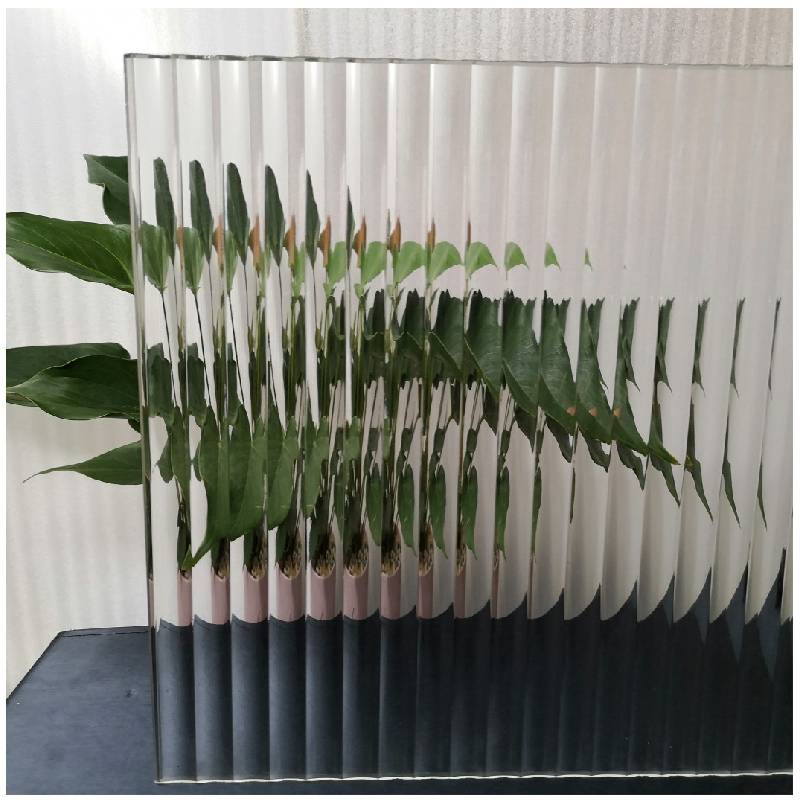Flat Float Glass An Overview of its Properties, Production, and Applications
Flat float glass, a ubiquitous material in modern architecture and design, is characterized by its smooth surface and clarity, making it an essential component in various applications ranging from window panes to facades. This article delves into the properties, production methods, and diverse uses of flat float glass, highlighting its significance in both residential and commercial spaces.
Properties of Flat Float Glass
Flat float glass is known for its excellent optical clarity. The manufacturing process ensures that the glass is free of bubbles, distortions, and other imperfections, providing a clear view through the material. This is particularly important in applications such as storefronts and curtain walls where visibility plays a critical role.
In addition to its optical properties, flat float glass boasts significant strength and durability. It is made primarily from silica sand, soda ash, and limestone, which are heated to high temperatures and then formed into sheets. Depending on the thickness and type, flat glass can resist various environmental factors, including moisture, UV radiation, and temperature fluctuations.
Flat float glass is also amenable to a range of treatments that enhance its performance. This includes the application of coatings to improve thermal insulation, UV resistance, and even self-cleaning properties. Such innovations have made it an attractive choice for eco-friendly building designs, aligning with modern sustainability goals.
Production Process of Flat Float Glass
The production of flat float glass follows a specific process known as the float glass process, invented in the 1950s. This method involves melting raw materials at temperatures around 1,700 degrees Celsius to create molten glass. The molten glass is then poured onto a bed of molten tin, which allows it to spread evenly and form a flat sheet. The use of tin is crucial as it provides a smooth surface to the glass while preventing contamination.
Once the glass solidifies, it is annealed, which involves gradually cooling the glass to relieve internal stresses. This step is essential for ensuring the finished product's strength and longevity. The glass sheets can then be cut to standard sizes or customized as per specific architectural requirements.
flat float glass
After cutting, the glass is subjected to various processes, such as polishing and coating, depending on its intended use. For example, low-emissivity (low-e) coatings are often applied to enhance energy efficiency, reflecting heat back into a building during winter while keeping it cool in summer.
Applications of Flat Float Glass
The applications of flat float glass are vast and varied. In residential construction, it is commonly used for windows, allowing natural light to permeate living spaces while providing thermal protection. Architects often prefer flat glass for modern designs due to its clean lines and ability to create seamless transitions between indoor and outdoor environments.
In commercial settings, flat float glass is vital for creating storefronts, office partitions, and glass doors. Its aesthetic appeal, combined with functional benefits such as noise reduction and energy efficiency, positions it as a go-to material for contemporary architectural projects.
Moreover, flat float glass is extensively used in the automotive industry. It serves as windshields and windows for vehicles, where the combination of clarity and strength is paramount for safety and visibility.
The rise of smart buildings has also led to the introduction of advanced flat glass products equipped with technology to control light and heat, paving the way for innovative energy management solutions.
Conclusion
In conclusion, flat float glass is an indispensable material in today’s architectural and industrial sectors. Its unique properties—clarity, durability, and versatility—make it suitable for a wide array of applications. As production techniques continue to evolve and innovations emerge, flat float glass promises to remain at the forefront of design and functionality, playing a pivotal role in the transformation of our built environment. From enhancing energy efficiency to elevating aesthetic appeal, the future of flat float glass is bright, reflecting the ongoing commitment to quality and sustainability in manufacturing and design.
 Afrikaans
Afrikaans  Albanian
Albanian  Amharic
Amharic  Arabic
Arabic  Armenian
Armenian  Azerbaijani
Azerbaijani  Basque
Basque  Belarusian
Belarusian  Bengali
Bengali  Bosnian
Bosnian  Bulgarian
Bulgarian  Catalan
Catalan  Cebuano
Cebuano  Corsican
Corsican  Croatian
Croatian  Czech
Czech  Danish
Danish  Dutch
Dutch  English
English  Esperanto
Esperanto  Estonian
Estonian  Finnish
Finnish  French
French  Frisian
Frisian  Galician
Galician  Georgian
Georgian  German
German  Greek
Greek  Gujarati
Gujarati  Haitian Creole
Haitian Creole  hausa
hausa  hawaiian
hawaiian  Hebrew
Hebrew  Hindi
Hindi  Miao
Miao  Hungarian
Hungarian  Icelandic
Icelandic  igbo
igbo  Indonesian
Indonesian  irish
irish  Italian
Italian  Japanese
Japanese  Javanese
Javanese  Kannada
Kannada  kazakh
kazakh  Khmer
Khmer  Rwandese
Rwandese  Korean
Korean  Kurdish
Kurdish  Kyrgyz
Kyrgyz  Lao
Lao  Latin
Latin  Latvian
Latvian  Lithuanian
Lithuanian  Luxembourgish
Luxembourgish  Macedonian
Macedonian  Malgashi
Malgashi  Malay
Malay  Malayalam
Malayalam  Maltese
Maltese  Maori
Maori  Marathi
Marathi  Mongolian
Mongolian  Myanmar
Myanmar  Nepali
Nepali  Norwegian
Norwegian  Norwegian
Norwegian  Occitan
Occitan  Pashto
Pashto  Persian
Persian  Polish
Polish  Portuguese
Portuguese  Punjabi
Punjabi  Romanian
Romanian  Russian
Russian  Samoan
Samoan  Scottish Gaelic
Scottish Gaelic  Serbian
Serbian  Sesotho
Sesotho  Shona
Shona  Sindhi
Sindhi  Sinhala
Sinhala  Slovak
Slovak  Slovenian
Slovenian  Somali
Somali  Spanish
Spanish  Sundanese
Sundanese  Swahili
Swahili  Swedish
Swedish  Tagalog
Tagalog  Tajik
Tajik  Tamil
Tamil  Tatar
Tatar  Telugu
Telugu  Thai
Thai  Turkish
Turkish  Turkmen
Turkmen  Ukrainian
Ukrainian  Urdu
Urdu  Uighur
Uighur  Uzbek
Uzbek  Vietnamese
Vietnamese  Welsh
Welsh  Bantu
Bantu  Yiddish
Yiddish  Yoruba
Yoruba  Zulu
Zulu 

